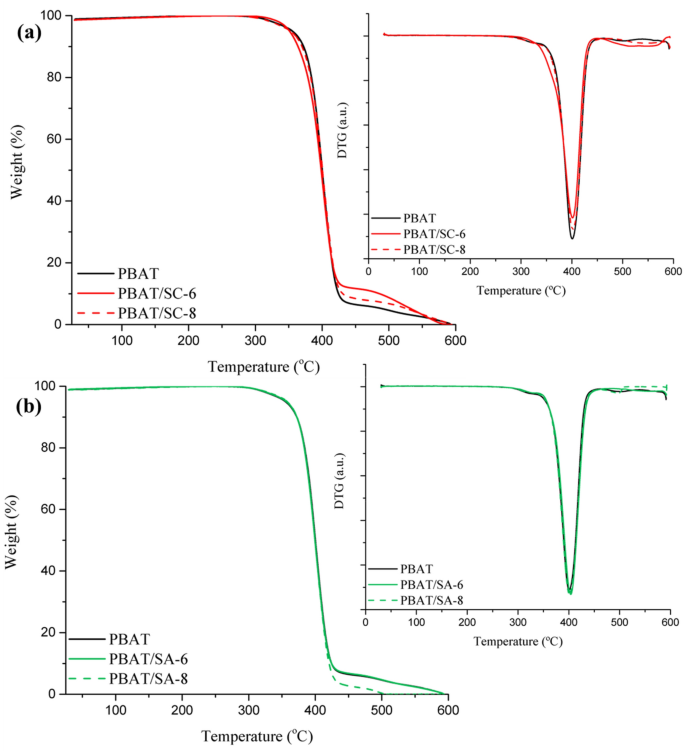
Following the increase in both realized and envisioned applications, ENMs have increasingly become the object of study in life cycle assessment (LCA). (3) There are also ENMs which are not yet used in products to a large extent but have promising applications that might become extensively used in the future. (1,2) Estimates suggest that ENMs are produced at tens of thousands metric tonnes per year globally, or even millions of tonnes per year if historically well-established ENMs, such as carbon black, are included. The assessment shows that solar modules need to become 0.05–2 percentage points more efficient per gram of NPs applied, depending on the scenario, in order for the upconversion layer to be preferable.Įngineered nanomaterials (ENMs), often defined as deliberately manufactured materials with at least one dimension in the 1–100 nm size range, are increasingly being used in consumer products. To show the applicability of the data, a prospective assessment of a solar module with an upconversion layer is conducted to investigate whether it is preferable from a climate perspective to install more solar modules or equip existing ones with upconversion devices, leading to more electricity produced in both cases. An impact assessment is conducted in order to assess the NPs’ climate change performance, where solvent-related processes such as steam production for recycling and hazardous waste treatment are shown to be hotspots. The data is provided for two prospective scenarios: one optimistic and one pessimistic.

In order to facilitate life cycle assessment (LCA) studies of such applications, this study provides ready-to-use LCA unit process data for four NPs suitable for photon upconversion applications: cadmium selenide, cadmium sulfide, lead selenide, and lead sulfide.

Quantum dot nanoparticles (NPs) can be used in several applications, for example, photon upconversion devices that increase the electricity output of solar modules.


 0 kommentar(er)
0 kommentar(er)
